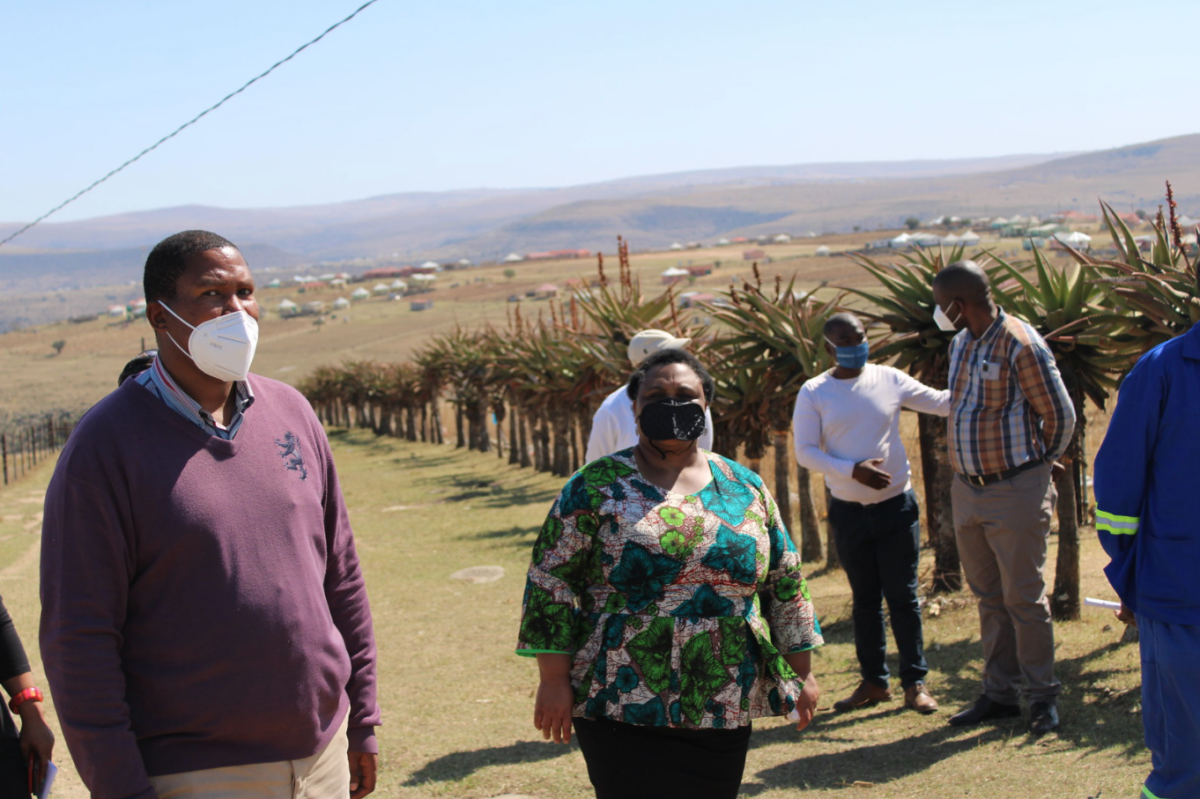After spending over R12 billion since 2006 acquiring farms for land reform purposes, under the Proactive Land Reform Strategy (PLAS), the ANC government’s poor implementation of post settlement support has resulted in a 75% failure rate on PLAS farms. Of the 529 PLAS farms that were handpicked for R3,4 billion post settlement support through the Recapitalisation and Development Programme (RADP), 397 are either operating at subsistence level or are not productive at all.
The DA will be writing to the Minister of Agriculture, Land Reform and Rural Development, Thoko Didiza, to advise her to urgently convene a whole of society national Indaba with industry stakeholders, land reform beneficiaries and agriculture experts. The purpose of the Indaba will be to find solutions, outside of the ANC government’s failed approach to land reform, which are centered on beneficiary success as opposed to the ongoing failed, fragmented and uncoordinated process that has characterized land reform policies since the amalgamation of the former Department of Agriculture and the Department of Land Reform and Rural Development.
A beneficiary centered land reform system will ensure that farmers are capacitated to reach commercial farming status. It is imperative that the national Indaba is convened before the implementation plan of the Agriculture and Agro-Processing Master Plan, which is currently being designed, is finalized to prevent the same failed land reform approaches from being recycled.
During a presentation before Parliament’s National Council of Provinces, the Department of Agriculture, Land Reform and Rural Development (DALRRD) shared outcomes on a assessment that was done to ascertain the impact of the multi-billion RADP intervention on PLAS farm productivity. The DALRRD conceded that RADP ‘…did not have a significant impact on productivity’ and that ‘RADP played a modest role in improving farm infrastructure’. What this means is that taxpayers have spent over R3 billion on farms where little to no farming is taking place, but this has not stopped the ANC government from allocating more money to RADP.
To its credit, the DALRRD admitted, for the first time, that part of the failure of land reform farms can be traced to poor beneficiary selection. In fact, the presentation revealed that ‘the majority of RADP beneficiaries had low to fair capability ratings’, adding that ‘many low potential beneficiaries received RADP with little resulting increase in productivity’. The government essentially conceded that it knew that some of the handpicked beneficiaries for post-settlement support were incapable of running farming operations at a commercial level, but it still went ahead and availed millions of rands to them.
Then again, the issue of poor beneficiary selection is hardly surprising. Land redistribution is currently not clearly targeted to benefit the many millions of poor and marginalised South Africans. Instead, there is significant anecdotal evidence of land allocated to and proceeds of land redistribution coming into the hands of persons connected to certain DALRRD officials, politicians, and other politically connected individuals. The process by which such individuals qualify to benefit is not transparent, and it is a significant deviation from the initial pro-poor design of the land reform programme.
According to the DALRRD, for PLAS farmers that became commercially successful, ‘Land was to be transferred permanently after three seasons of productive land use’. With 75% of the farms having little to no production, the objective to increase land ownership by the ANC government has been a monumental failure. Failure of land reform suites the ANC’s long-held policy position – to nationalize all land and make South Africans tenants of the state.
The ANC’s land reform policies have failed and it’s now time that ordinary South Africans come together through a whole of society national Indaba to find solutions to make it work. It is critical for the success of land redistribution that clear criteria and transparent processes for beneficiary selection are established and implemented. To give effect to the constitutional requirement for equitable access, those experiencing the most disadvantage must be prioritised.

